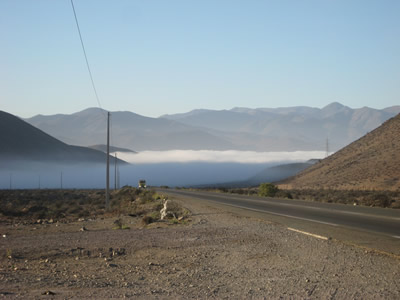This image shows a fog bank in a valley of the Atacama Desert, along the coast of northern Chile. These fog banks are called "las camanchacas."
Click on image for full size
Image Courtesy of Darryl Scott
Extreme Weather in the Southeast Pacific
The weather in the Southeast Pacific region can be considered extreme, in the sense that it receives very little rainfall and is extremely dry. For example, some places in the Atacama Desert in Chile receive an average of less than one millimeter (0.04 inches) of rain a year. Sometimes this region doesn't receive any rain at all for many years in a row.
There are several reasons why this region is so dry. The Chilean Coastal Range and the Andes mountains block this area from receiving moisture. In addition, a large wind current called the Pacific Anticyclone blows dry air into the region. Finally, an ocean current called the Humboldt Current brings cool water up the coast of Chile, which cools the air above it and forms clouds that tend not to produce precipitation.
Over the Southeast Pacific Ocean the clouds do produce drizzle, but this doesn't usually happen over the land. Instead, fog sometimes forms along the coast. People who live in this region call this fog "camanchacas," and it can support life. Even though it doesn't actually rain, algae, lichen, and some cacti are able to capture enough moisture from the fog in order to survive. In a village in northern Chile called Chunungo, people use nets to capture water from the fog.
You might also be interested in:
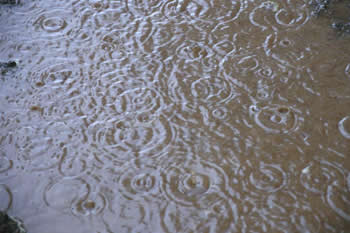
Rain is precipitation that falls to the Earth in drops of 5mm or more in diameter according to the US National Weather Service. Virga is rain that evaporates before reaching the ground. Raindrops form
...more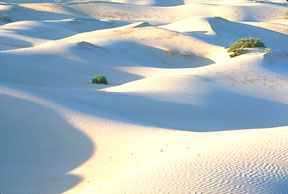
This page describes environments that are very hot or very cold, extremely dry, or both. Extreme environments are places where "normal" life finds it hard to survive. That doesn't mean that there isn't
...more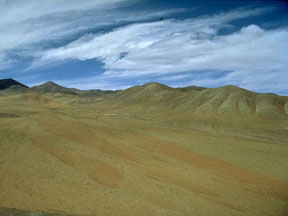
The Atacama Desert is one of the driest places on Earth. The Atacama is in the country of Chile in South America. In an average year, much of this desert gets less than 1 millimeter (0.04 inch) of rain!
...more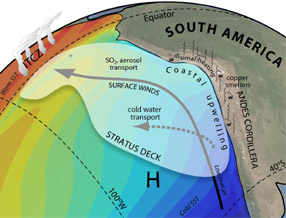
The winds in the Southeast Pacific mainly blow from south to north. They have a strong effect on the climate in the region and worldwide. The winds in this area get their start with a major flow in the
...more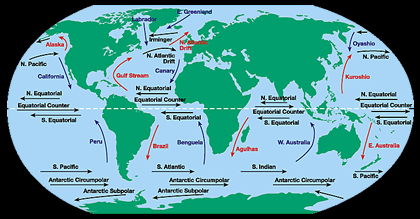
The water at the ocean surface is moved primarily by winds that blow in certain patterns because of the Earth’s spin and the Coriolis Effect. Winds are able to move the top 400 meters of the ocean creating
...more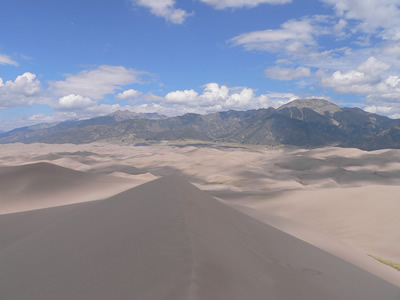
A cloud is composed of tiny water droplets or ice crystals that are suspended in the air. A series of processes have to happen in order for these water droplets or ice crystals to form into clouds in the
...more
Drizzle is light precipitation that is made up of liquid water drops that are smaller than rain drops. Drizzle can be so light that only a millimeter of water falls to the Earth's surface in one day. It
...more


